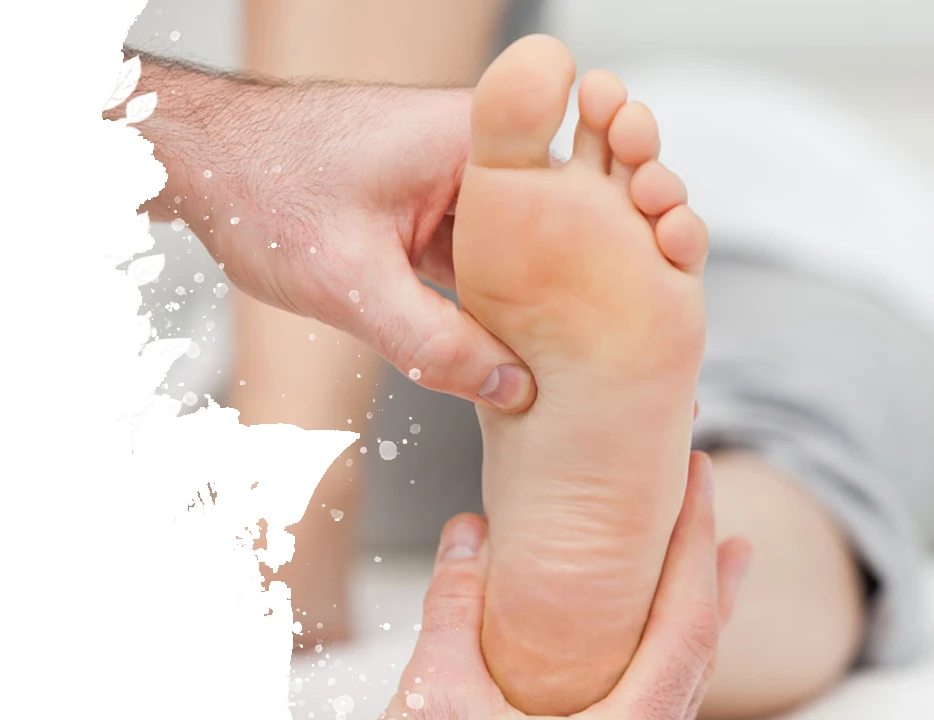What is Plantar Fasciitis?
Plantar fascia is a band of connective tissue that is located in the lower part of the foot, on the sole, running from the heel to the ball of the foot. This band of tissue generally helps keeping the bones and joints in place, or in their position, and makes it possible for us to push off the ground.
When this band of tissue is damaged, bruised or overstretched, that can cause inflammation and pain on the attachment of the plantar fascia near the heel bone. This is then called Plantar Fasciitis or fasciopathy.
Symptoms
Most commonly, this condition causes pain in the sole or bottom of the foot, near the heel. The pain is most often a stabbing-like pain, and it’s usually more intense in the morning, with the first few steps after waking up. The pain can be triggered after a long time of standing up and being on your feet or getting up after sitting for a very long time. If you exercise with high intensity, the pain can also be triggered after finishing the exercise, not during it.
Causes
Plantar fasciitis has a lot of potential causes and a lot more risk factors. The plantar fascia as a tissue band is in the shape of a bowstring and it supports the arch of your foot by absorbing all the tension and shock when you walk. Given that information, when the micro-trauma caused by the tension and stress by walking becomes too great, it can cause small tears in the fascia. The tears, stretching and the tension can inflame it, and it leads to pain. The exact causes in a lot of cases of plantar fascia are unknown.
Risk factors
Given that the exact causes of this condition are not definitely known, some certain factors are known to increase the risk of developing plantar fasciitis. These factors include:
● Ages between 40 and 60, the condition is very commonly seen.
● Certain types of intensive exercise, ballet, aerobic dancing, long-distance running. ● Flat foot or an arch that’s too high and abnormal walking pattern. Those cause uneven distribution of weight on the foot and cause a lot of stress.
● Excess weight, adding extra stress on your fascia.
● Occupations that keep you on your feet all day, such as teachers, certain customer service jobs, factory workers and so on.
All of these and a lot more contribute to causing long term or short term damage to your fascia that can be cut down or taken care of to minimize the possibility of the condition occurring or minimizing the pain after it does.
How to lower risk of plantar fasciitis or minimize pain:
● Maintaining a healthy weight to minimise the stress on the plantar fascia. ● Choosing supportive shoes, avoiding very high heels and shoes with excessively low heels, buying shoes with a low to moderate heel, good arch support and absorption. Not going barefoot, especially on hard surfaces.
● Starting activity slowly, warming up before starting any activity or sport, and starting a new exercise program slowly.
● Allowing adequate recovery time between workouts or training sessions. ● Avoiding activities that cause pain.
Treatment
After diagnosis, which can be done by different checkups from a podiatrist or a doctor of the field, or imaging like MRI if the physical checkups are inconclusive, or another complication is suspected.
After that, the treatment plan is decided by the severity of the condition. It can include medication such as non-steroid painkillers like ibuprofen, physical therapy, orthotics, night splints, surgical procedures and shock wave therapy.



